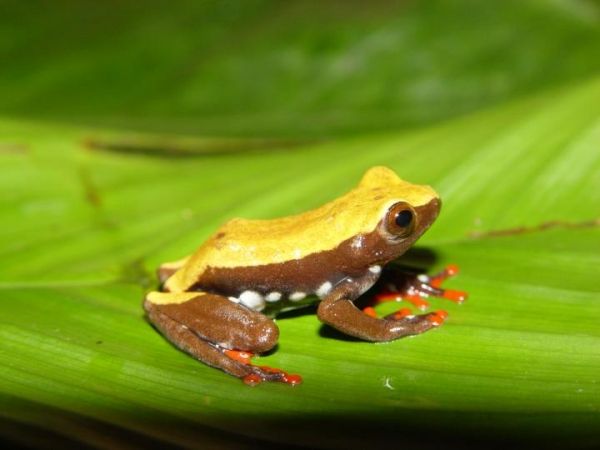If you have any children in your life, imagine for a moment that they don't look anything like their parents, they don't eat anything humans normally eat, and they're active only while adults sleep.
While that might sound like an idea from a work of surreal fiction, it's actually the norm rather than the exception in the animal kingdom. Most animals go through what biologists call a complex life cycle, starting as larvae that often have little, if anything, in common with their parents.
To become adults, they have to go through a process known as metamorphosis, which is one of nature's most remarkable feats. During this process, the larval bodies of many animal species undergo dramatic changes that turn them into adults that have little, if any resemblance with their juvenile stage. Butterflies may be the most familiar example of this. Yet, despite complex lifecycles being widespread, surprisingly little is known about how they evolve, specifically the extent to which evolution in one life stage impacts the others.
Read more at: University of Airzona
An adult female reed frog from Cameroon. In this African family, adult and tadpole body sizes are closely related among species, so that species with larger adults have larger tadpoles and species with smaller adults have smaller tadpoles. (Photo Credit: John J. Wiens/University of Arizona)


